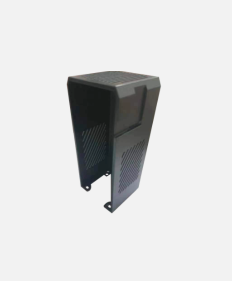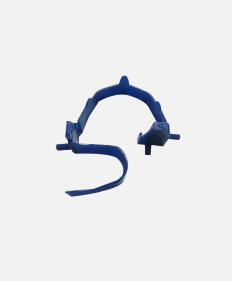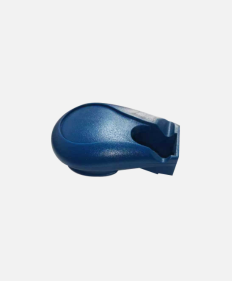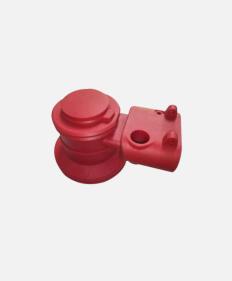Injection Molding
Injection molding is the most common method for the mass production of plastic products. Basically, melt plastic, inject it into a mold, and after the plastic solidifies eject the final product. Then the cycle repeats. It takes as short as a few seconds to finish one round of injection and hence cost is minimized. Injection molding produces almost identical parts each time.

Capabilities
Tolerances
Heavily depending on the plastic type and the size of the part, typically +/- 0.15mm or +/-0.006 inch
Materials
Most of the thermal plastic, ABS, HDPE, PE, PC, PMMA, PA6, PA66, POM, PBT, PET, PVC TPU, TPE, Silicone Rubber… Learn More >
Leading Time
Typically 30 days.
Mold Life Cycle
Typically 300,000, and 600,000 if required.
Insert Molding
Insert something (most often a metal part) in the plastic when molding, a typical example is a female screw insert mounted inside plastic parts.
OverMolding
Mold some plastic or plastic-like material over another plastic part, a typical example is a tool handle with a hard plastic core and a soft grip. The outer material injected after the core formed should have a lower melting temperature than the core material to make this process possible. It needs 2 injections, one to form the core, and another one to cover the core with the softer material. The 2 injections can be done in one injection machine (obviously a double barrel injection machine), or they can be done 2 times in 2 different injection machines.



